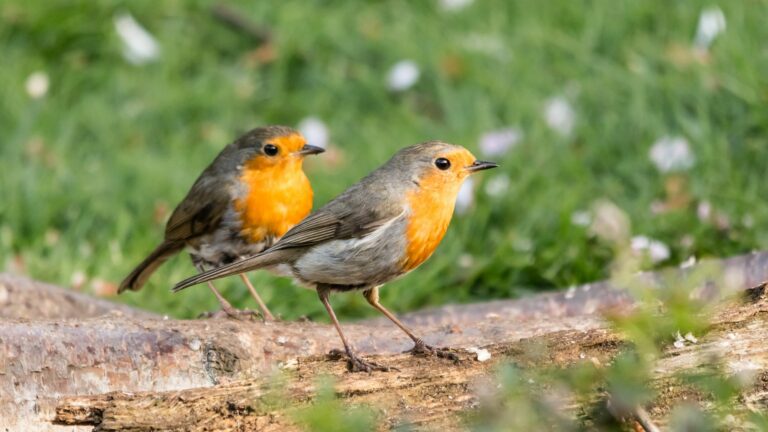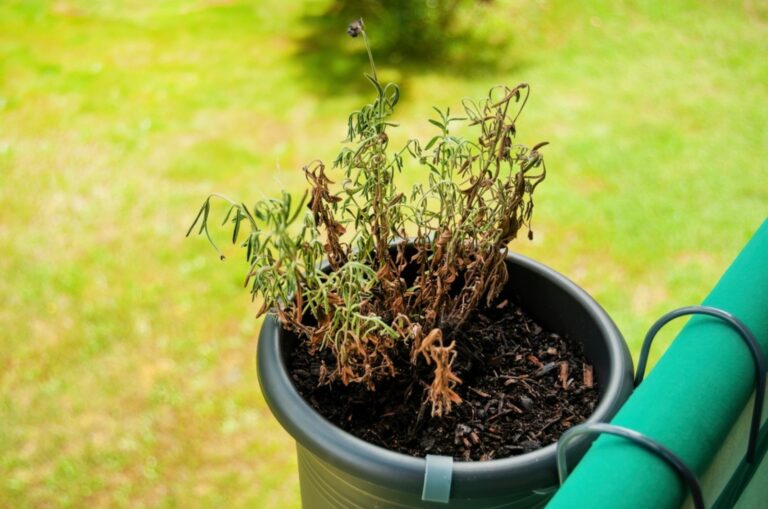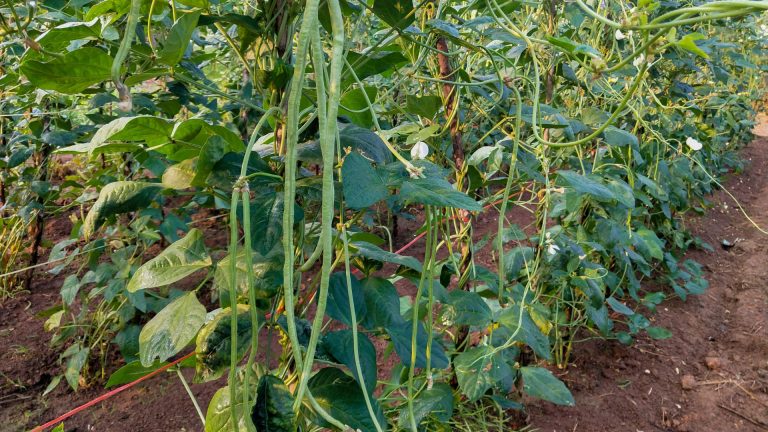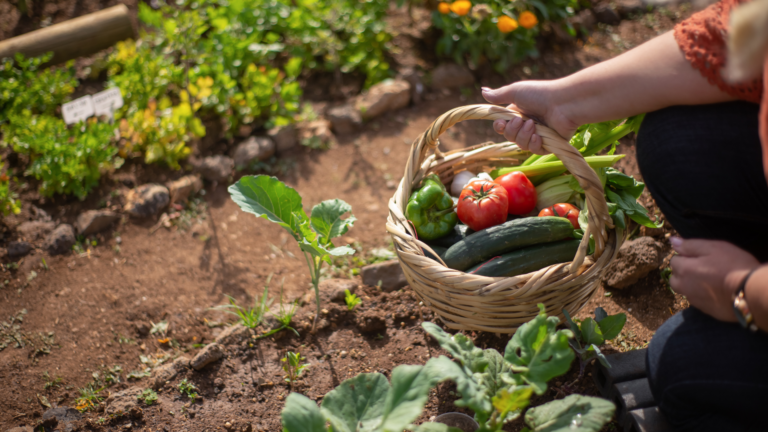Never Overwater Your Seedlings Again With This Genius Coconut Coir Watering Hack
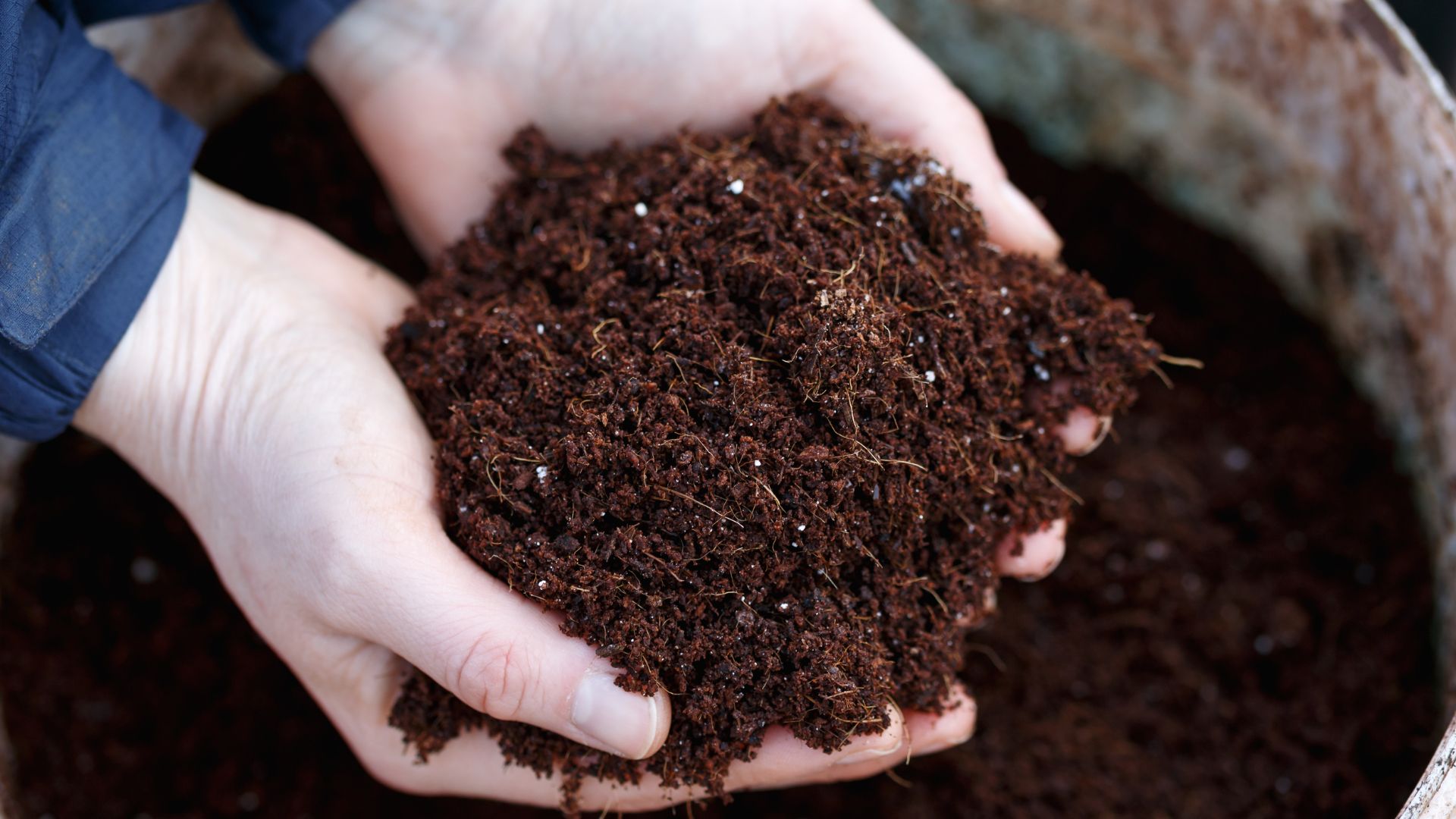
If you’ve ever started seedlings indoors, you know they require extra care. Being at their most fragile state, there’s a high risk of messing them up.
One common pitfall is overwatering, often a result of our well-meaning “too much love” for plants, especially when it comes to those delicate seedlings. Too much water combined with insufficient light can lead to damping off, a fungal disease that causes seedlings to wilt and fail to thrive
Despite our best efforts, overwatering can still happen (even if you are a pro gardener). I recently found out about this amazing soil amendment that can actually tell you when your trays are ready for some good watering.
I am talking about coconut coir, of course!
It’s a simple yet efficient solution that can help you provide just the right amount of moisture to your baby plants. Stick around and find out how to use coconut coir so you never drown your seedlings again.
You Can Use It As A Moisture Gauge
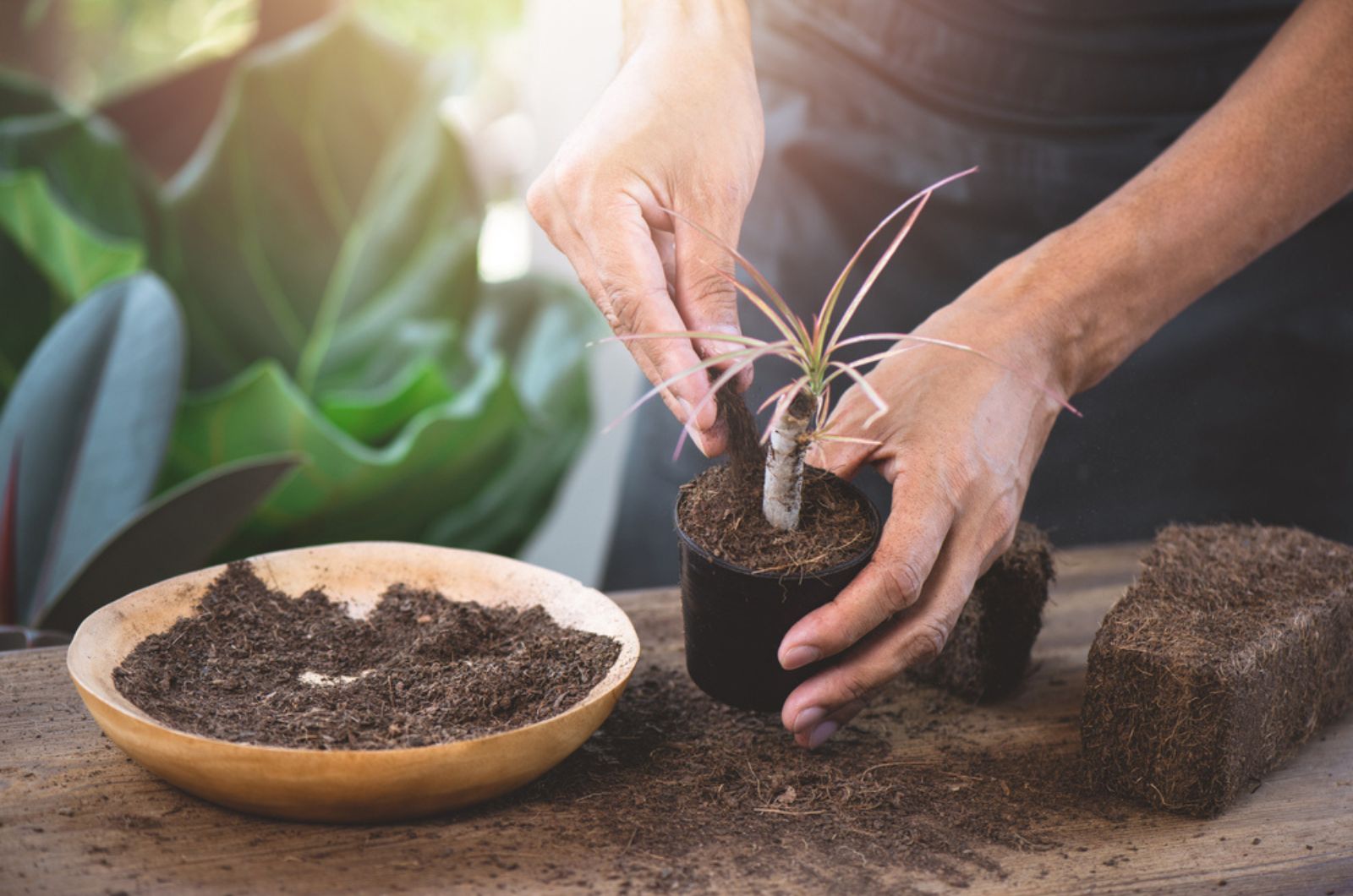
Coconut coir has many uses in the garden – it improves soil structure, retains moisture efficiently, and promotes better root growth. But most importantly, it can help you water those delicate seedlings the right way.
All you have to do is gather your seeds, some potting coconut coir, and enough seed trays so all of your future seedlings have somewhere to grow comfortably.
If you don’t have coconut coir yet, you can find a compressed block on Amazon that expands to 15 gallons for around $20 (a great deal, right?).
Using fresh potting soil is crucial to prevent any contamination that could harm your seedlings early on.
Find out more about coconut coir here: Coconut Coir 🥥 Better than Potting Soil?
Did you gather all the necessary equipment? If so, let’s put it to good use:
• Fill each seed tray with the clean potting soil mix, making a small hole in the center of each cell to plant your seeds at the right depth for each type of plant.
• Lightly press down the soil so there’s about an inch between the surface and the rim of each cell.
• Cover each cell with half an inch to 1 inch of coconut coir, then give them a good drink.
• Notice how the coir looks when wet versus dry – the lighter it gets, the drier the soil beneath.
• Keep an eye on your trays; when the coir turns a lighter brown, it’s time to water your seedlings again.
I really appreciate coconut coir for its lightweight nature and easy application, not to mention how effectively it prevents overwatering and improves soil quality.
Give this handy trick a shot next time you’re starting seeds indoors. I’d love to hear how it works out for you!
Related: Everything You Need To Know About Growing Vegetables In Coco Coir

